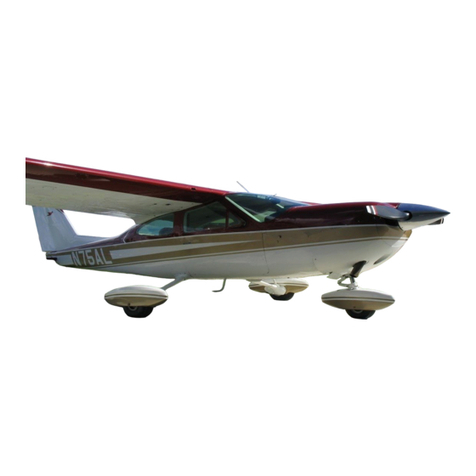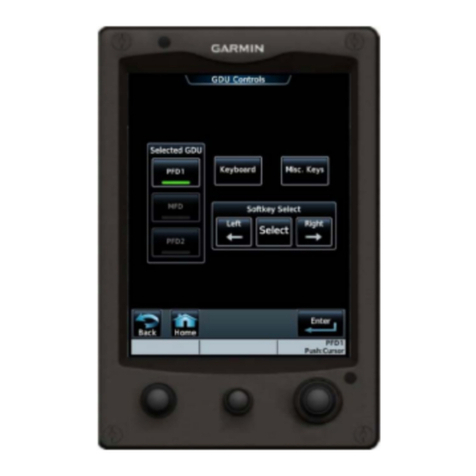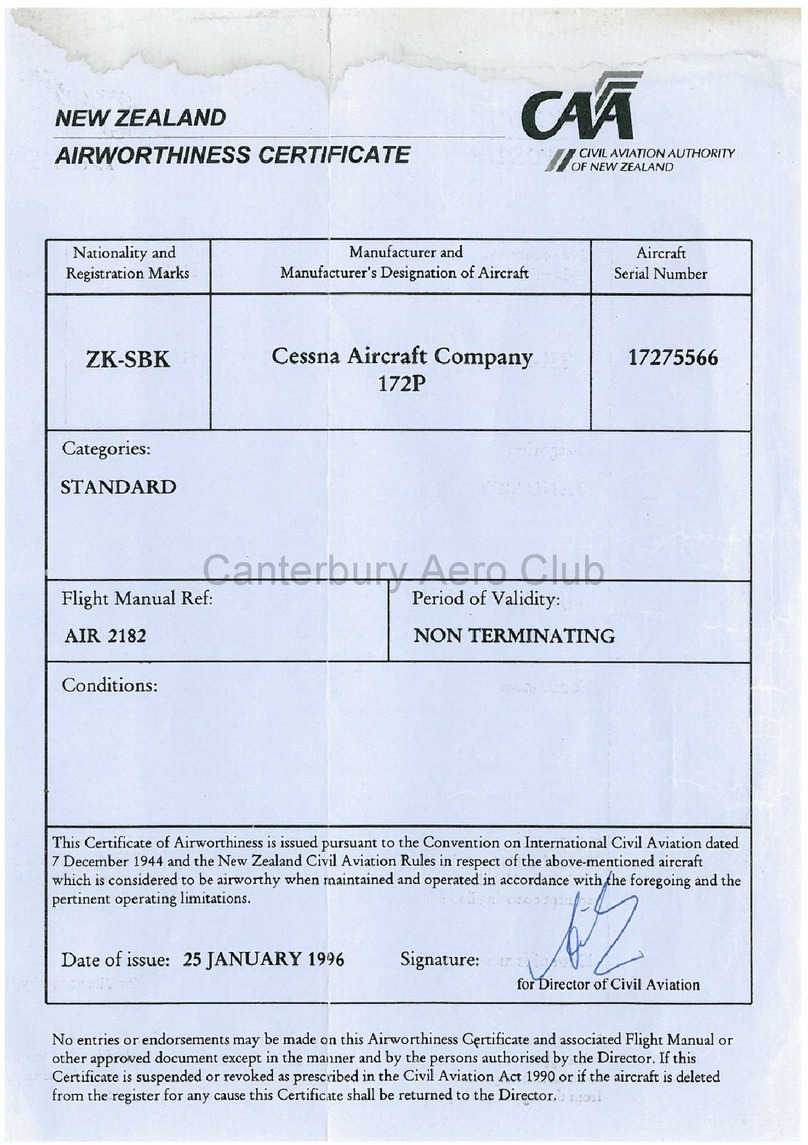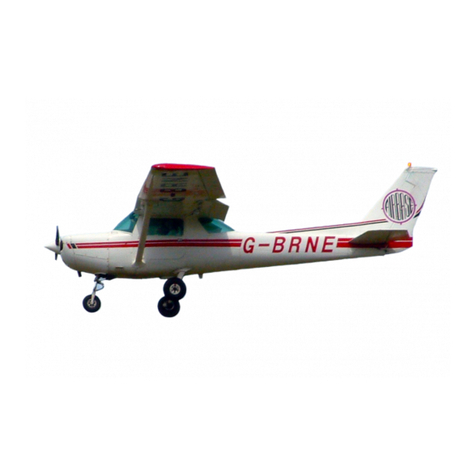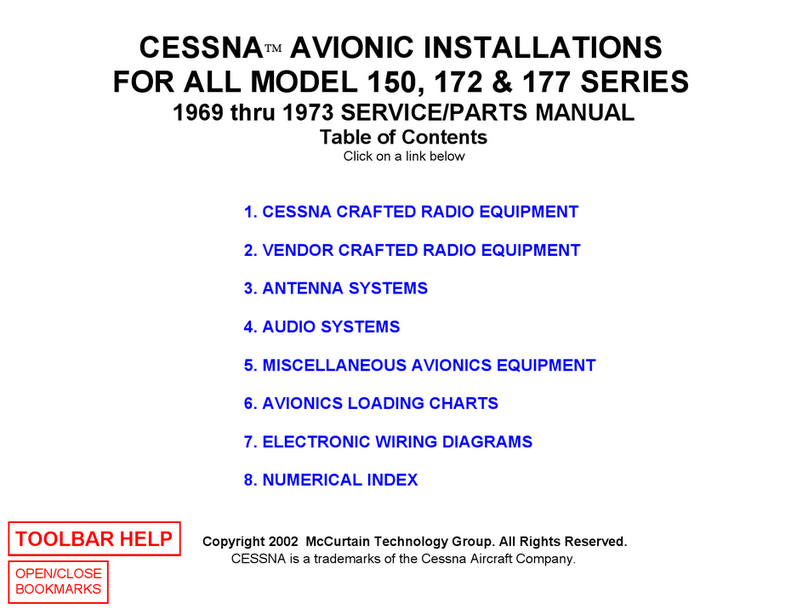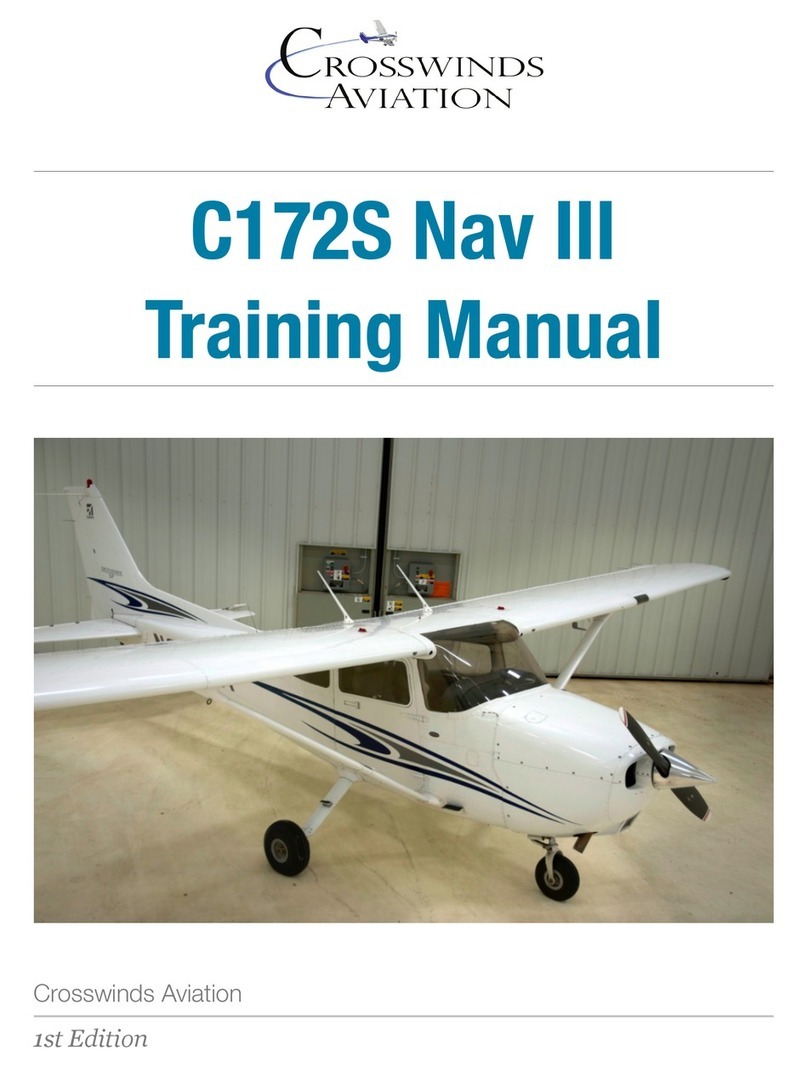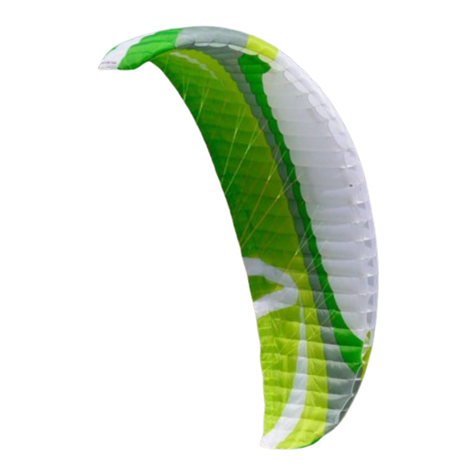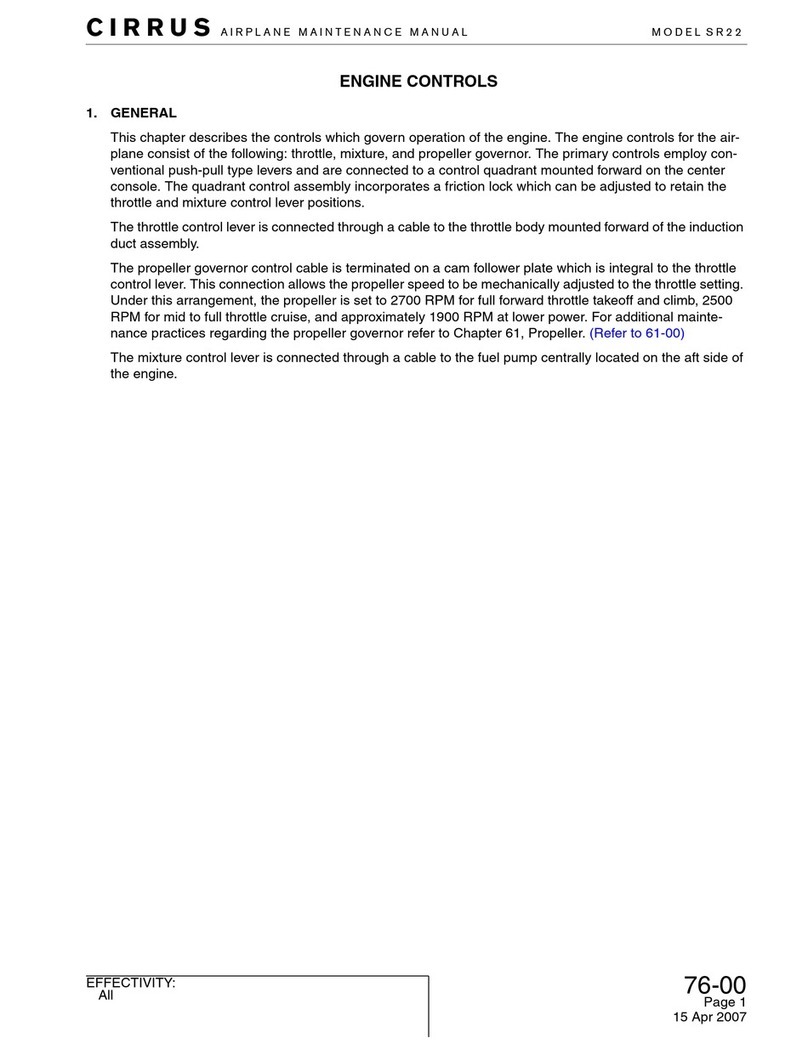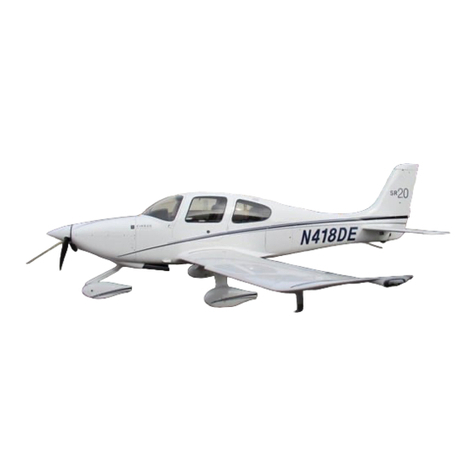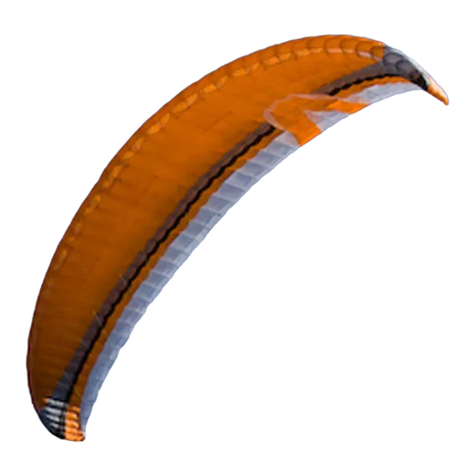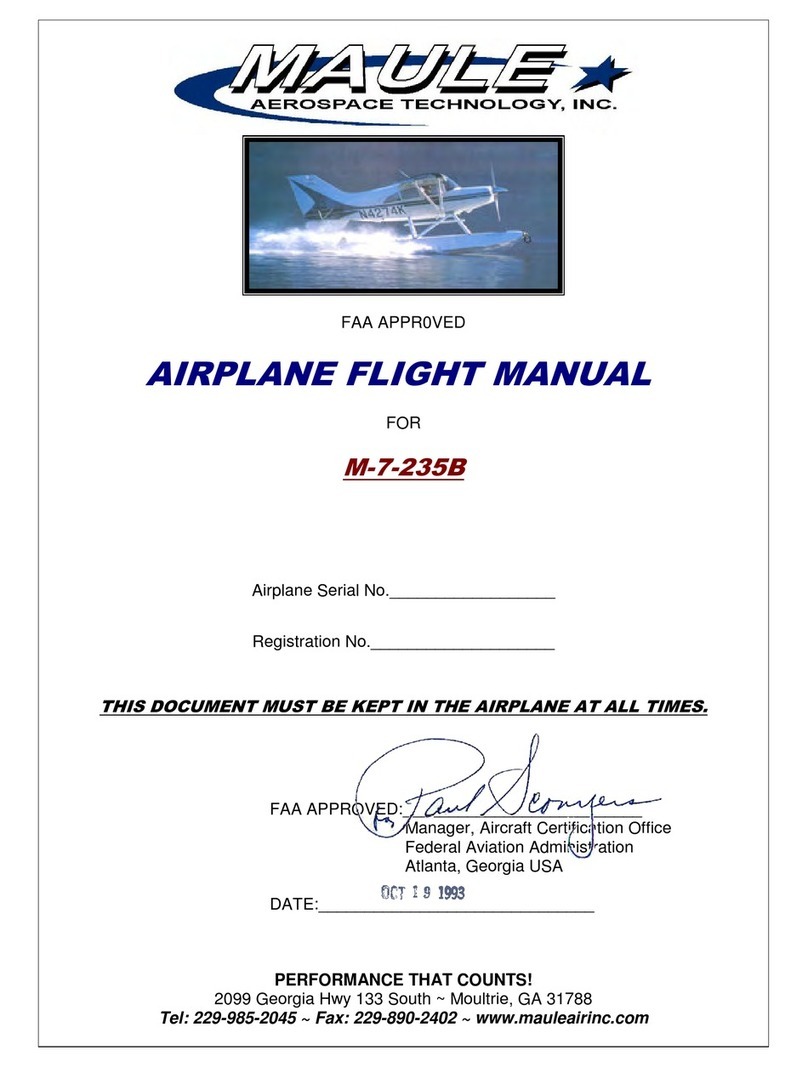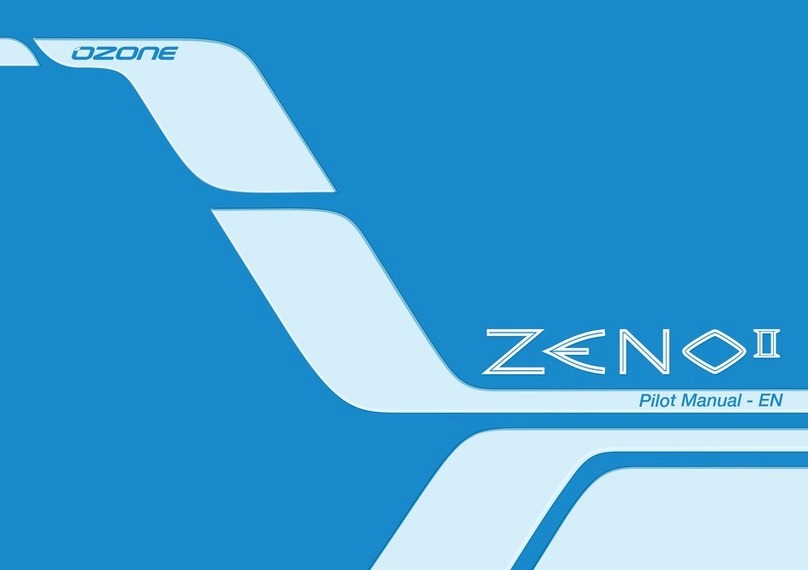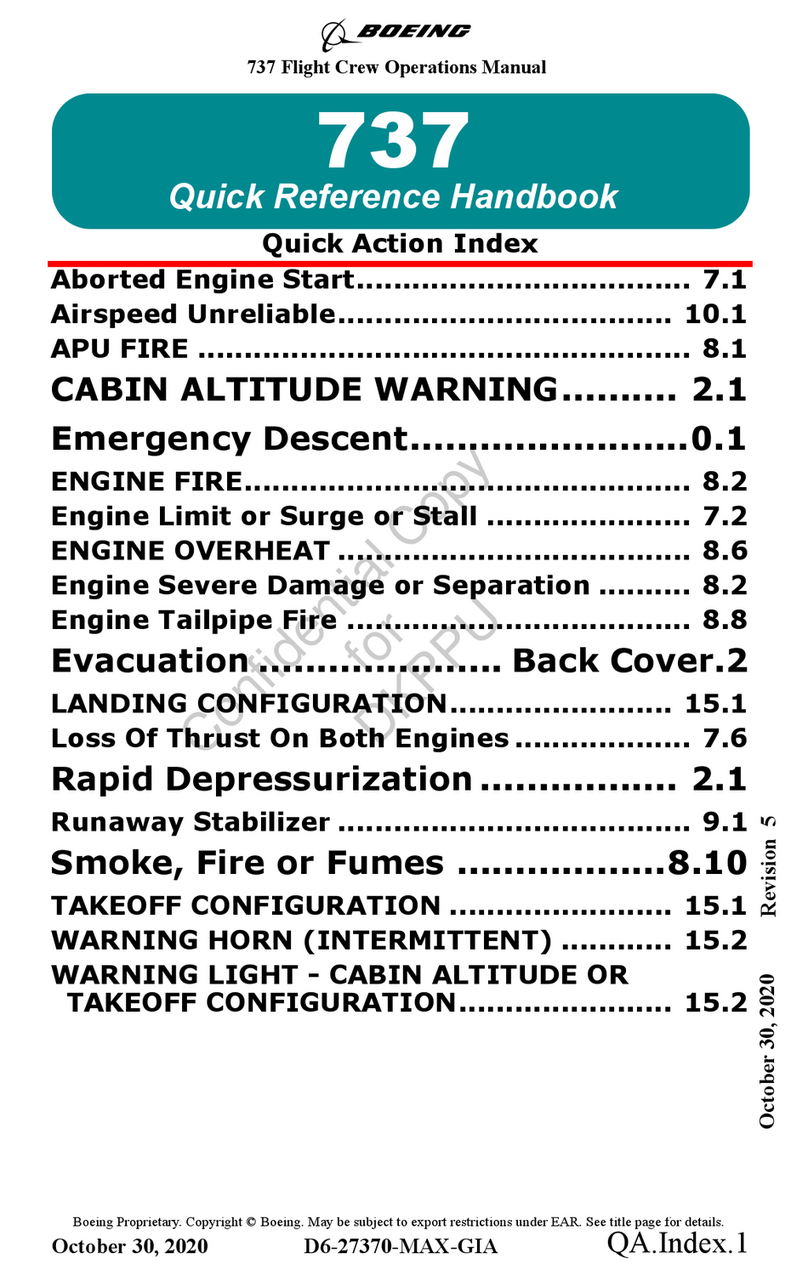
EXTERIOR Note
S
CTIOIN PE NVisuaHy check aircraft for general
condition during walk-around in-
spection. In cold weather, remove
even sman accumulations of frost,
ice or snow from wing, tail and
control surfaces. Also, make sure
that control surfaces contain no in-
ternal accumulations of ice or de-
bris. 11 night flight is planned,
check operation of all lights, and
make sure a flashlight is available.
2
a. Remove control wheel lock. b. Before first flight of day and after each refuel-
b. Check ignition switch "OFF." ing, pull out strainer drain knob for about four
c. Turn on master switch and check fuel quantity seconds to clear fuel strainer of possible water
indicators, then tura master switch "OFF." and sediment. Check strainer drain closed. If
d. Check fuel selector valve hamile on "BOTH." water is observed, there is a possibility that the
e. Check baggage door for security, fuel tank sumps contain water. Thus, the fuel
tank sump drain plugs and fuel selector valve
drain plug should be removed to check for the
presence of water.
a. Remove rudder gust lock, if installed. c. Check propeller and spinner for nicks and se-
b. Disconnect tall tie-down. curity.
c. Check control surfaces for freedom of d. Check carburetor air filter for restrictions by
movement and security, dust or other foreign matter.
e. Check nose wheel strut and tire for proper in-
flation.
f. Disconnect tie-down rope.
a. Check control surfaces for free and correct g. Inspect flight instrument static source opening
movement and security. on side of fuselage for stoppage (left side only).
b. Disconnect wing tie-down,
c. Check main wheel tire for proper inflation.
d. Visually check fuel quantity, then check fuel a. Remove pitot tube cover, if installed, and check
filler cap secure, pitot tube opening for stoppage,
b. Check fuel tank vent opening for stoppage,
c. Check sta11 warning vent opening for stoppage.
a. Check oil level. Do not operate with less than
xq ts. Fill to eight quarts for extended Same as
Figure 1-1.
iv
